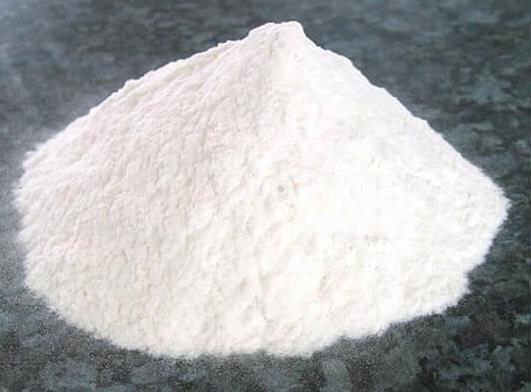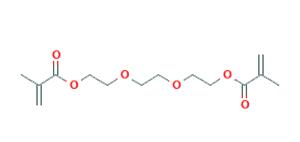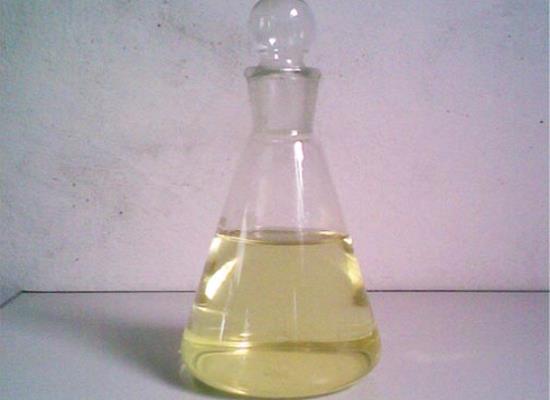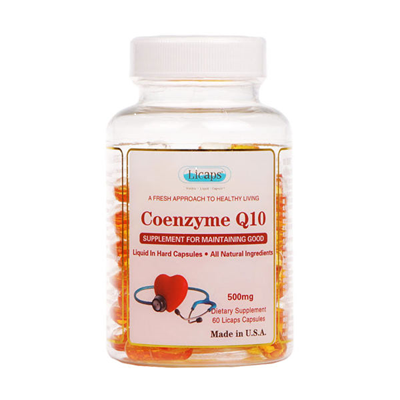Triethylene glycol dimethacrylate: activities and applications
General Description
Triethylene glycol dimethacrylate, a dental resin monomer, is known to induce oxidative stress and apoptosis in cells, affecting cellular viability and triggering cell death. It alters mitochondrial functions, impacts redox homeostasis, and influences various apoptotic proteins. However, Triethylene glycol dimethacrylate also plays a crucial role in the development of antibacterial dental composites. When copolymerized with quaternary ammonium urethane-dimethacrylate analogues, it results in materials with desirable physicochemical properties and significant antibacterial activity. Thus, despite its cytotoxic effects, Triethylene glycol dimethacrylate's incorporation in dental composites offers promising applications in developing antibacterial dental materials.
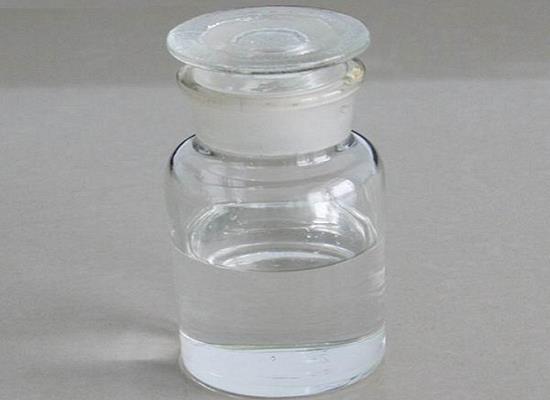
Figure 1. Triethylene glycol dimethacrylate
Activities
Induction of oxidative stress
Triethylene glycol dimethacrylate, a dental resin monomer, has been found to induce oxidative stress, thereby reducing cellular viability. A study focuses on its impact on mitochondrial functions, specifically its role in reactive oxygen species (ROS) formation. Triethylene glycol dimethacrylate's presence significantly depolarizes membrane potential, diminishes respiration, and curtails ATP production when mitochondria are oxidized by Complex I (CI) substrates. However, these parameters remain largely unaffected by Complex II (CII) substrates. Triethylene glycol dimethacrylate also enhances mitochondrial H2O2 production when CI substrates are present, and it impairs the elimination of exogenous H2O2. Conversely, H2O2 production decreases when CII substrates are used in the absence of ADP. Furthermore, Triethylene glycol dimethacrylate inhibits CI activity, as shown by NADH autofluorescence results. This inhibition of CI in the respiratory chain explains Triethylene glycol dimethacrylate's impact on redox homeostasis and cell death. Understanding Triethylene glycol dimethacrylate's molecular target could influence biomaterial development and therapeutic strategies to manage resin monomers' adverse effects. 1
Induction of apoptotic proteins
Triethylene glycol dimethacrylate has been reported to induce apoptosis in human pulp. A study investigates the specific apoptotic proteins involved in this process. Human pulp fibroblasts (HPFs) were exposed to varying concentrations of Triethylene glycol dimethacrylate, with cytotoxicity observed at concentrations of 0.50 mM and higher. Non-toxic concentrations (0.25 mM) were then incubated with the HPFs, and the relative levels of 43 apoptotic proteins were detected using Human Apoptosis Array kits. HPFs exposed to Triethylene glycol dimethacrylate showed significant increases in pro-apoptotic proteins like Bid, Bim, Caspase 3, Caspase 8, and Cytochrome c after 24 hours, while some anti-apoptotic proteins were also altered. These findings suggest that Triethylene glycol dimethacrylate triggers both the extrinsic and intrinsic apoptotic pathways, providing valuable insights into the molecular mechanisms of Triethylene glycol dimethacrylate-induced apoptosis. 2
Applications
Triethylene glycol dimethacrylate is a key component in the development of antibacterial dental composites, as demonstrated a study. The aim of the research was to investigate the physicochemical and antibacterial properties of copolymers consisting of quaternary ammonium urethane-dimethacrylate analogues (QAUDMA) and Triethylene glycol dimethacrylate. The uncured compositions of the copolymers exhibited suitable refractive index (RI), density (dm), and glass transition temperature (Tgm). These properties are important for dental composites as they affect their optical and mechanical performance. Additionally, the copolymers displayed low polymerization shrinkage (S), high degree of conversion (DC), and high glass transition temperature (Tgp). Low shrinkage reduces the risk of secondary caries, while high DC indicates efficient polymerization and improved mechanical properties. The high Tgp suggests increased thermal stability. Importantly, the copolymers showed strong antibacterial effectiveness against both S. aureus and E. coli bacterial strains. This antibacterial activity was observed through various indicators, including reduced cell proliferation, decreased bacterial adhesion on the copolymer surfaces, and the presence of growth inhibition zones. These results indicate that the copolymerization of bioactive QAUDMAs with Triethylene glycol dimethacrylate resulted in copolymers with desirable physicochemical properties and high antibacterial activity. In conclusion, the incorporation of Triethylene glycol dimethacrylate into dental composites, in combination with quaternary ammonium urethane-dimethacrylates, offers promising applications for the development of antibacterial dental materials. 3
Reference
1. Mikulás K, Hermann P, Gera I, Komlódi T, Horváth G, Ambrus A, Tretter L. Triethylene glycol dimethacrylate impairs bioenergetic functions and induces oxidative stress in mitochondria via inhibiting respiratory Complex I. Dent Mater. 2018 Jul;34(7):e166-e181.
2. Batarseh G, Windsor LJ, Labban NY, Liu Y, Gregson K. Triethylene glycol dimethacrylate induction of apoptotic proteins in pulp fibroblasts. Oper Dent. 2014 Jan-Feb;39(1):E1-8.
3. Chrószcz MW, Barszczewska-Rybarek IM, Kazek-Kęsik A. Novel Antibacterial Copolymers Based on Quaternary Ammonium Urethane-Dimethacrylate Analogues and Triethylene Glycol Dimethacrylate. Int J Mol Sci. 2022 Apr 29;23(9):4954.
);You may like
Related articles And Qustion
Lastest Price from Triethylene glycol dimethacrylate manufacturers
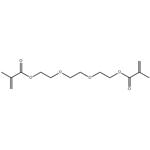
US $100.00-1.00/KG2024-03-25
- CAS:
- 109-16-0
- Min. Order:
- 1KG
- Purity:
- 99%
- Supply Ability:
- g-kg-tons, free sample is available
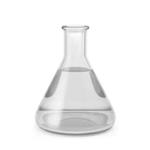
US $35.00-5.00/kg2024-03-11
- CAS:
- 109-16-0
- Min. Order:
- 500kg
- Purity:
- 99.9
- Supply Ability:
- 200tons

